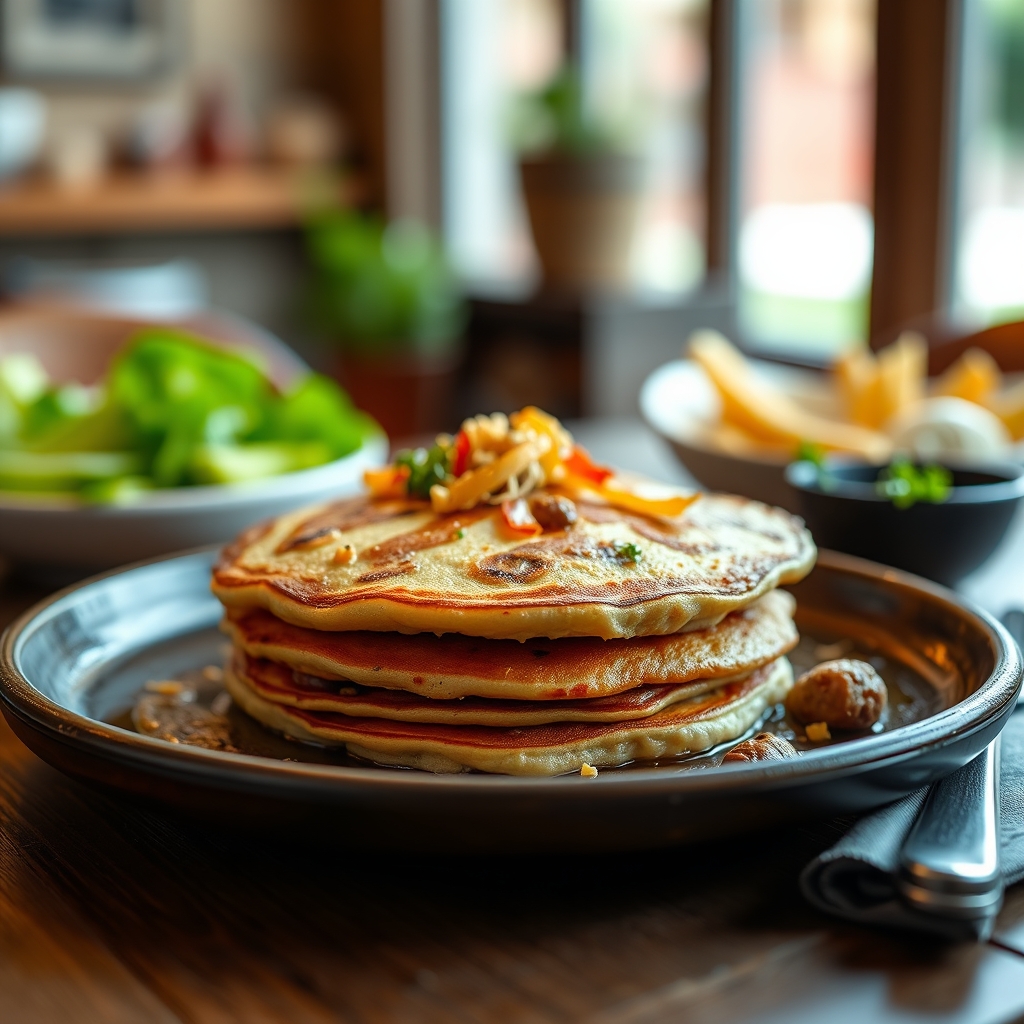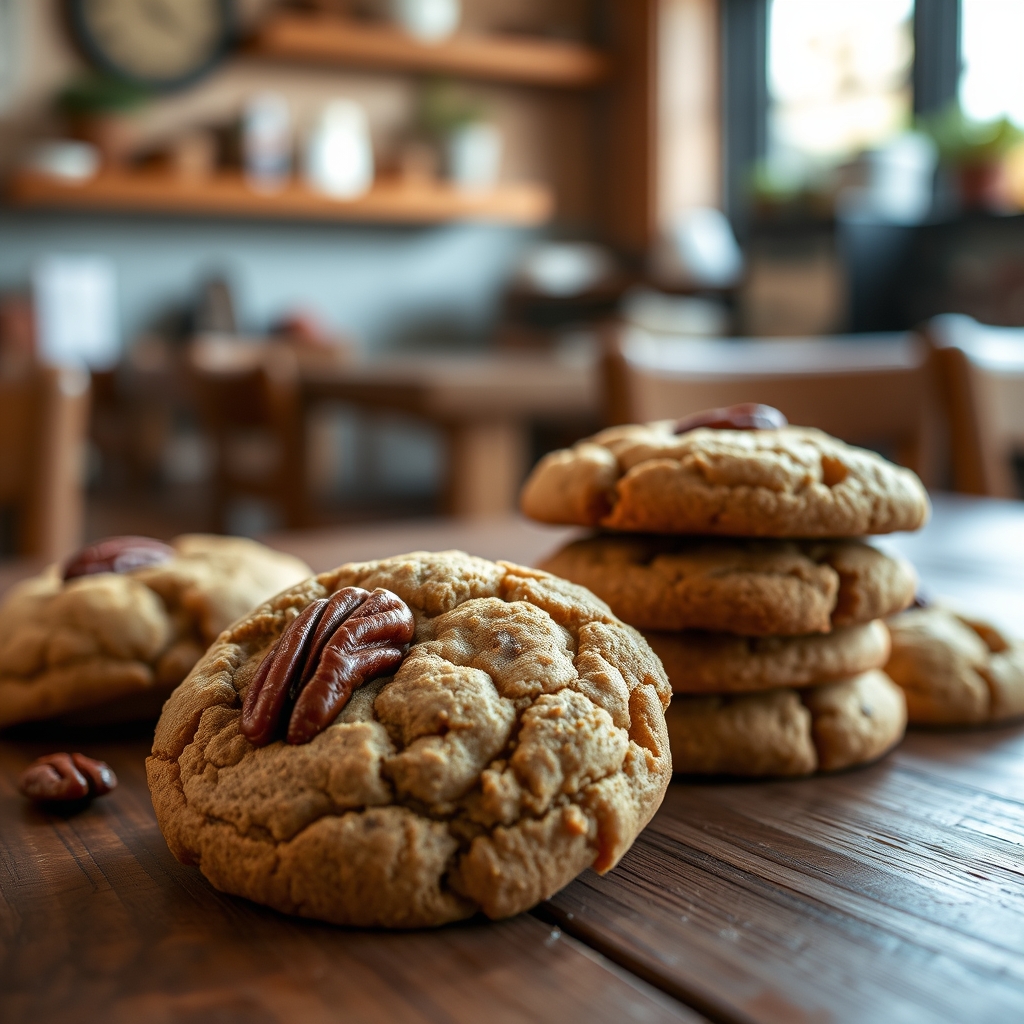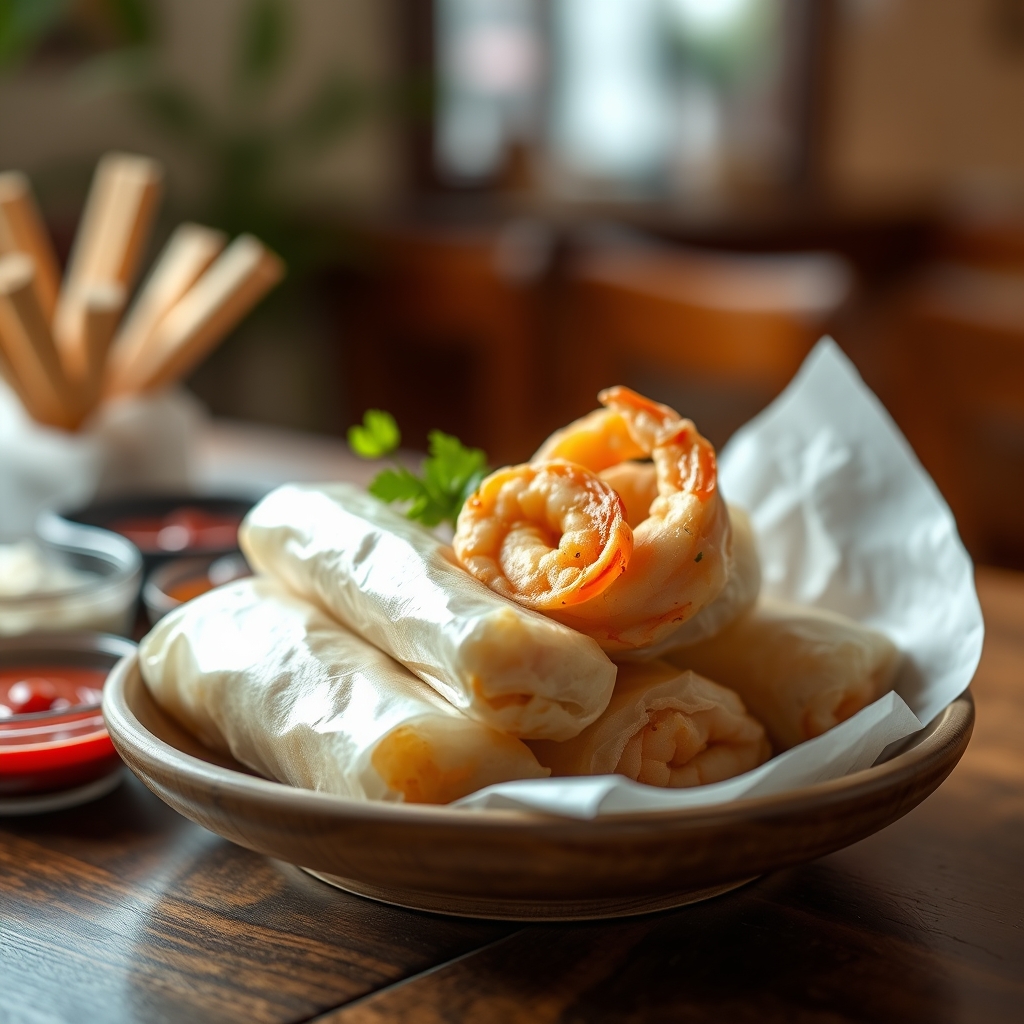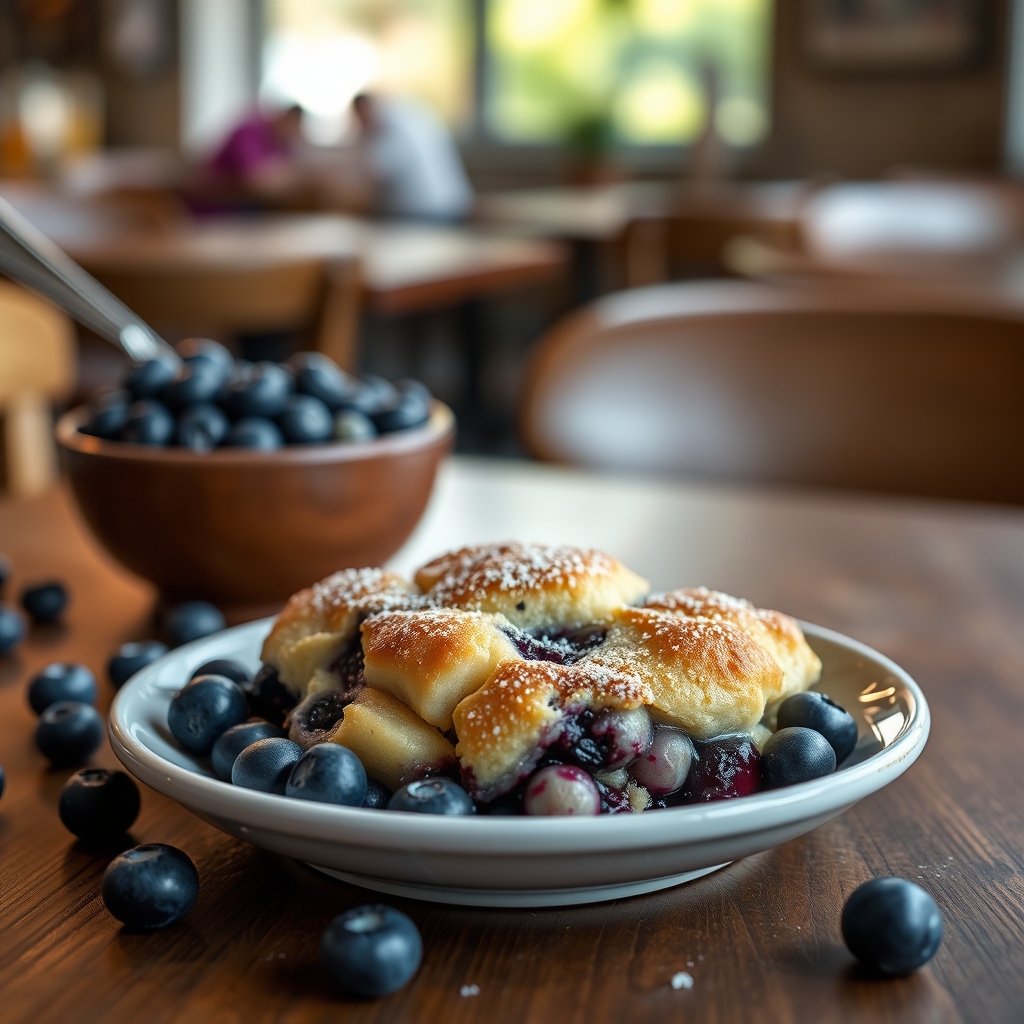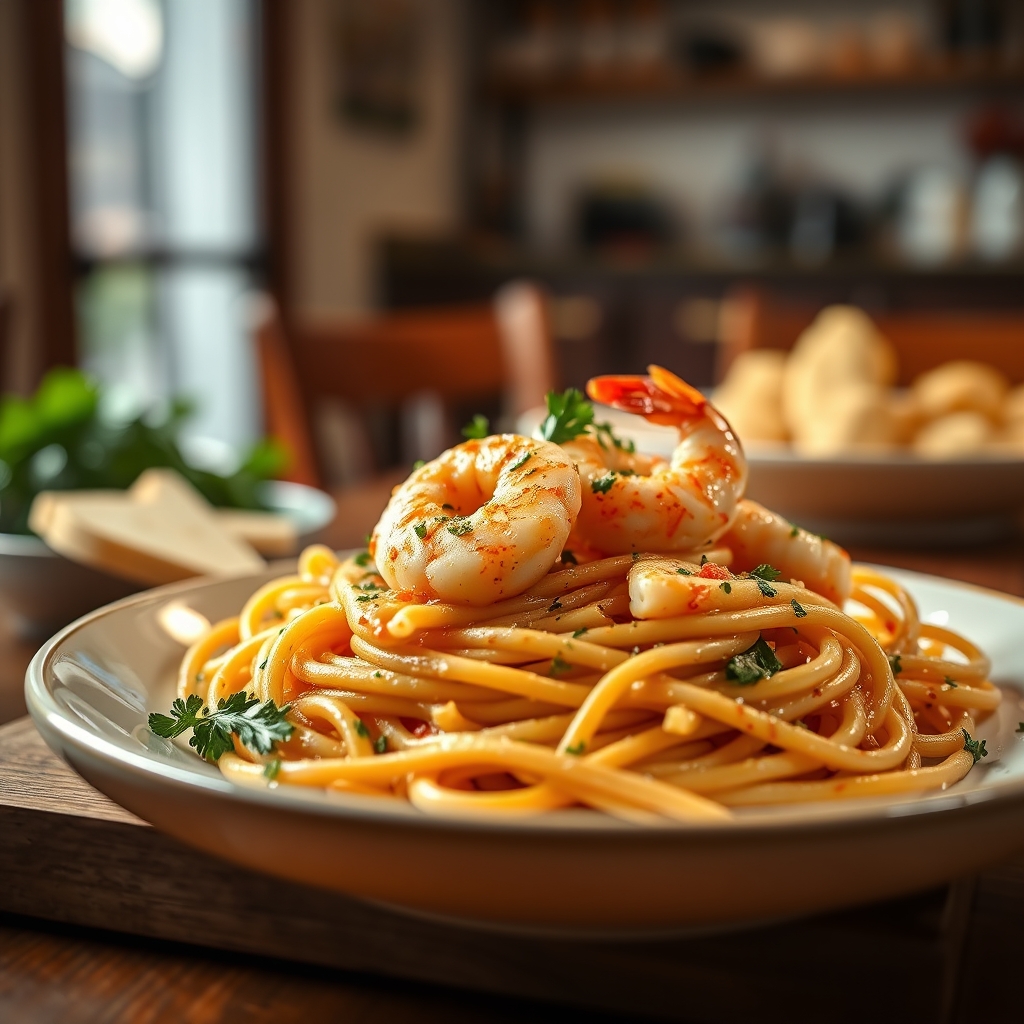Pancake Sausage Casserole
There’s something magical about a dish that effortlessly combines breakfast comfort with the ease of a casserole. This Pancake Sausage Casserole is the ultimate crowd-pleaser, blending fluffy pancakes, savory sausage, and a touch of maple sweetness into one irresistible bake. Whether you’re hosting a weekend brunch or prepping a make-ahead breakfast for busy mornings, this recipe is a game-changer. Let’s dive into why this dish deserves a permanent spot in your recipe rotation.
Why You’ll Love This Recipe
First, this casserole is incredibly versatile. It works just as well for a lazy Sunday brunch as it does for a holiday breakfast spread. The combination of tender pancake bites and savory sausage creates a perfect balance of flavors that appeals to both kids and adults.
Second, it’s a time-saver. Instead of standing over a griddle flipping pancakes, you can mix everything in one bowl, pour it into a baking dish, and let the oven do the work. This means more time sipping coffee and less time stressing over breakfast.
Third, the recipe is easily customizable. Whether you prefer turkey sausage, want to add blueberries, or need a gluten-free version, this dish adapts effortlessly to your preferences.
Finally, it’s a great make-ahead meal. Assemble it the night before, pop it in the fridge, and bake it fresh in the morning. Leftovers reheat beautifully, making it a practical choice for meal prep.
Ingredients Breakdown
Understanding the role of each ingredient helps you perfect this pancake sausage casserole and even experiment with confidence.
Breakfast sausage – The savory backbone of the dish. Opt for maple-flavored sausage for extra sweetness or spicy sausage if you like a kick. You can use pork, turkey, or plant-based sausage depending on dietary needs.
Pancake mix – The base of the casserole. A buttermilk pancake mix works best for flavor and texture, but any standard mix will do. For a homemade touch, you can use your favorite pancake batter recipe.
Milk and eggs – These bind the casserole and create a custard-like texture. Whole milk adds richness, but 2% or even almond milk works in a pinch.
Maple syrup – A drizzle of real maple syrup enhances the sweetness and ties all the flavors together. Avoid pancake syrup substitutes for the best taste.
Butter – Melted butter adds moisture and richness to the pancake batter. If you’re dairy-free, coconut oil is a great substitute.
Cinnamon and vanilla extract – These warm spices elevate the flavor profile, making the casserole taste like a cozy breakfast treat.
How to Make Pancake Sausage Casserole
Follow these steps for a foolproof pancake sausage casserole that comes out perfectly every time.
Step 1: Cook the sausage – In a skillet over medium heat, brown the breakfast sausage until fully cooked, breaking it into small crumbles. Drain any excess grease and set aside.
Step 2: Prepare the batter – In a large mixing bowl, whisk together the pancake mix, milk, eggs, melted butter, cinnamon, and vanilla extract until smooth. The batter should be slightly thick but pourable.
Step 3: Layer the casserole – Lightly grease a 9×13-inch baking dish. Spread the cooked sausage evenly across the bottom. Pour the pancake batter over the sausage, ensuring it covers the entire dish.
Step 4: Bake to perfection – Place the casserole in a preheated 375°F oven for 30-35 minutes, or until the top is golden brown and a toothpick inserted in the center comes out clean.
Step 5: Serve warm – Let the casserole cool for 5 minutes before slicing. Drizzle with maple syrup and serve immediately.
Pro Tips for the Best Results
For an extra-fluffy texture, let the batter rest for 10 minutes before baking. This allows the gluten to relax and the baking powder to activate, resulting in a lighter casserole.
If you love a crispy top, sprinkle a handful of coarse sugar or chopped pecans over the batter before baking. The added crunch takes this dish to the next level.
For a deeper flavor, try browning the butter before mixing it into the batter. The nutty aroma pairs beautifully with the sausage and maple.
If making ahead, cover the unbaked casserole tightly with foil and refrigerate overnight. Add 5-10 minutes to the baking time if starting from cold.
Variations and Substitutions
This pancake sausage casserole is endlessly adaptable. Here are some delicious ways to switch it up:
Vegetarian option – Swap the sausage for sautéed mushrooms, spinach, or meatless crumbles. Add a sprinkle of cheese for extra richness.
Sweet twist – Fold in fresh blueberries, diced apples, or banana slices into the batter before baking. A streusel topping would also work wonderfully.
Gluten-free – Use a gluten-free pancake mix and ensure your sausage is gluten-free. The texture remains just as satisfying.
Dairy-free – Substitute almond or oat milk for regular milk and use coconut oil instead of butter.
What to Serve With It
This casserole is hearty enough to stand alone, but pairing it with the right sides makes it a complete meal. Fresh fruit like berries or sliced oranges adds a refreshing contrast. A simple green salad with a light vinaigrette balances the richness if serving for brunch.
For drinks, hot coffee or a cold glass of milk are classic choices. A mimosa or spiced apple cider would elevate a special occasion spread.
If you want extra toppings, set out whipped cream, additional maple syrup, or a bowl of yogurt for guests to customize their servings.
How to Store and Reheat
Leftovers keep well in the refrigerator for up to 3 days. Store in an airtight container or tightly wrap the baking dish with plastic wrap.
To reheat, place individual portions in the microwave for 30-60 seconds until warmed through. For larger servings, cover with foil and bake at 350°F for 10-15 minutes.
For longer storage, freeze slices in a single layer on a baking sheet before transferring to a freezer bag. Reheat frozen slices in the oven at 375°F for 15-20 minutes.
Frequently Asked Questions (FAQs)
Can I use homemade pancake batter instead of a mix? Absolutely! Use your favorite homemade pancake recipe—just ensure it yields about 2 cups of batter.
Can I make this casserole without eggs? Yes, replace each egg with ¼ cup of unsweetened applesauce or a flax egg (1 tbsp ground flaxseed + 3 tbsp water per egg).
Why is my casserole soggy? This usually happens if the sausage wasn’t drained well or the casserole was underbaked. Make sure to blot excess grease from the sausage and bake until fully set.
Can I add cheese? Definitely! Sprinkle shredded cheddar or pepper jack over the sausage before adding the batter for a cheesy twist.
How do I know when it’s done baking? The edges should be golden, and the center should spring back when lightly pressed. A toothpick inserted in the middle should come out clean.
Final Thoughts
This Pancake Sausage Casserole is more than just a breakfast dish—it’s a celebration of comfort food at its finest. Whether you’re serving it for a holiday crowd or enjoying leftovers on a quiet morning, it never fails to satisfy. The best part? It brings people together around the table with minimal effort. So go ahead, whip up this casserole, and watch it disappear faster than you can say seconds, please.
Print
Pancake Sausage Casserole
Description
A hearty breakfast casserole that combines fluffy pancakes and savory sausage in one delicious dish. Perfect for feeding a crowd or meal prepping for the week!
Ingredients
For the Crust:
- For the pancake batter:
- 2 cups all-purpose flour
- 2 tablespoons granulated sugar
- 1 tablespoon baking powder
- 1/2 teaspoon salt
- 2 cups milk
- 2 large eggs
- 1/4 cup melted butter
- 1 teaspoon vanilla extract
- For the sausage layer:
- 1 pound breakfast sausage, cooked and crumbled
- 1/2 cup maple syrup
- For topping:
- 1/2 cup chopped pecans (optional)
- Additional maple syrup for serving
Instructions
1. Prepare the Crust:
- 1. Preheat oven to 375°F (190°C) and grease a 9×13 inch baking dish.
- 2. In a large bowl, whisk together flour, sugar, baking powder, and salt for the pancake batter.
- 3. In another bowl, mix milk, eggs, melted butter, and vanilla extract.
- 4. Pour wet ingredients into dry ingredients and stir until just combined (some lumps are okay).
- 5. Spread cooked sausage evenly in the prepared baking dish.
- 6. Pour pancake batter over the sausage layer.
- 7. Drizzle 1/2 cup maple syrup over the batter.
- 8. Sprinkle with chopped pecans if using.
- 9. Bake for 25-30 minutes until golden brown and a toothpick inserted comes out clean.
- 10. Let cool for 5 minutes before serving with additional maple syrup.
Notes
For a lighter version, you can use turkey sausage and skim milk. The casserole can be assembled the night before and baked in the morning – just add 5-10 minutes to baking time if starting cold.
